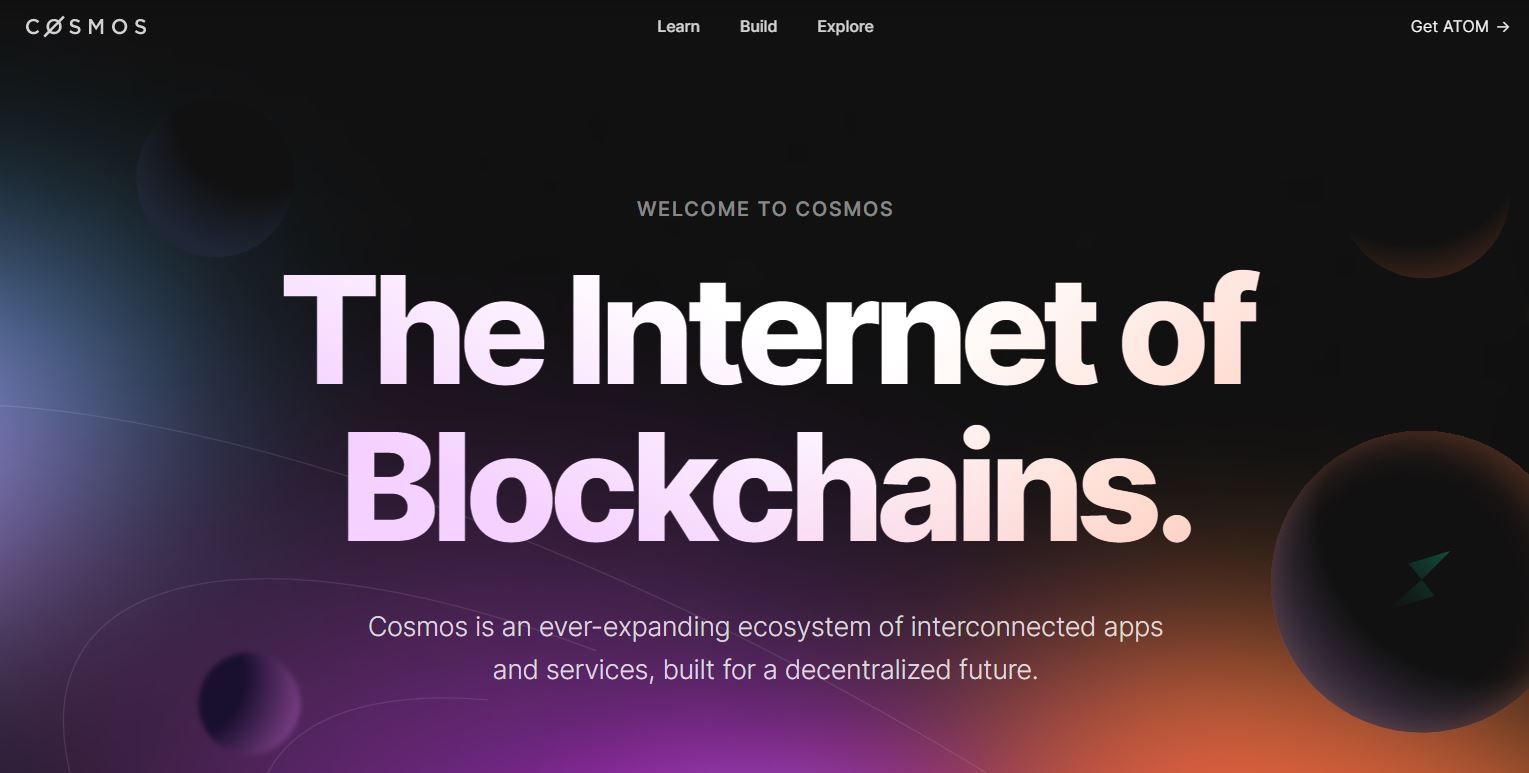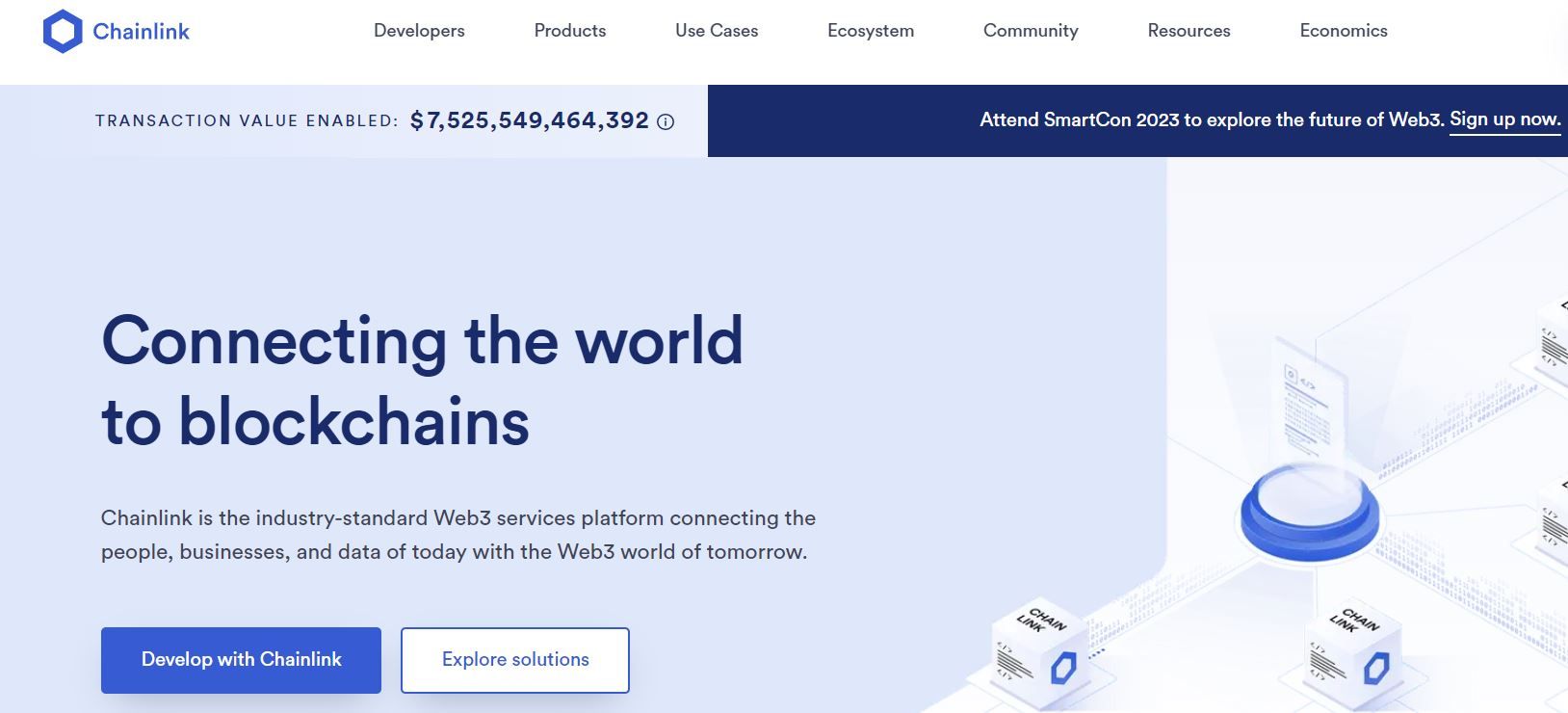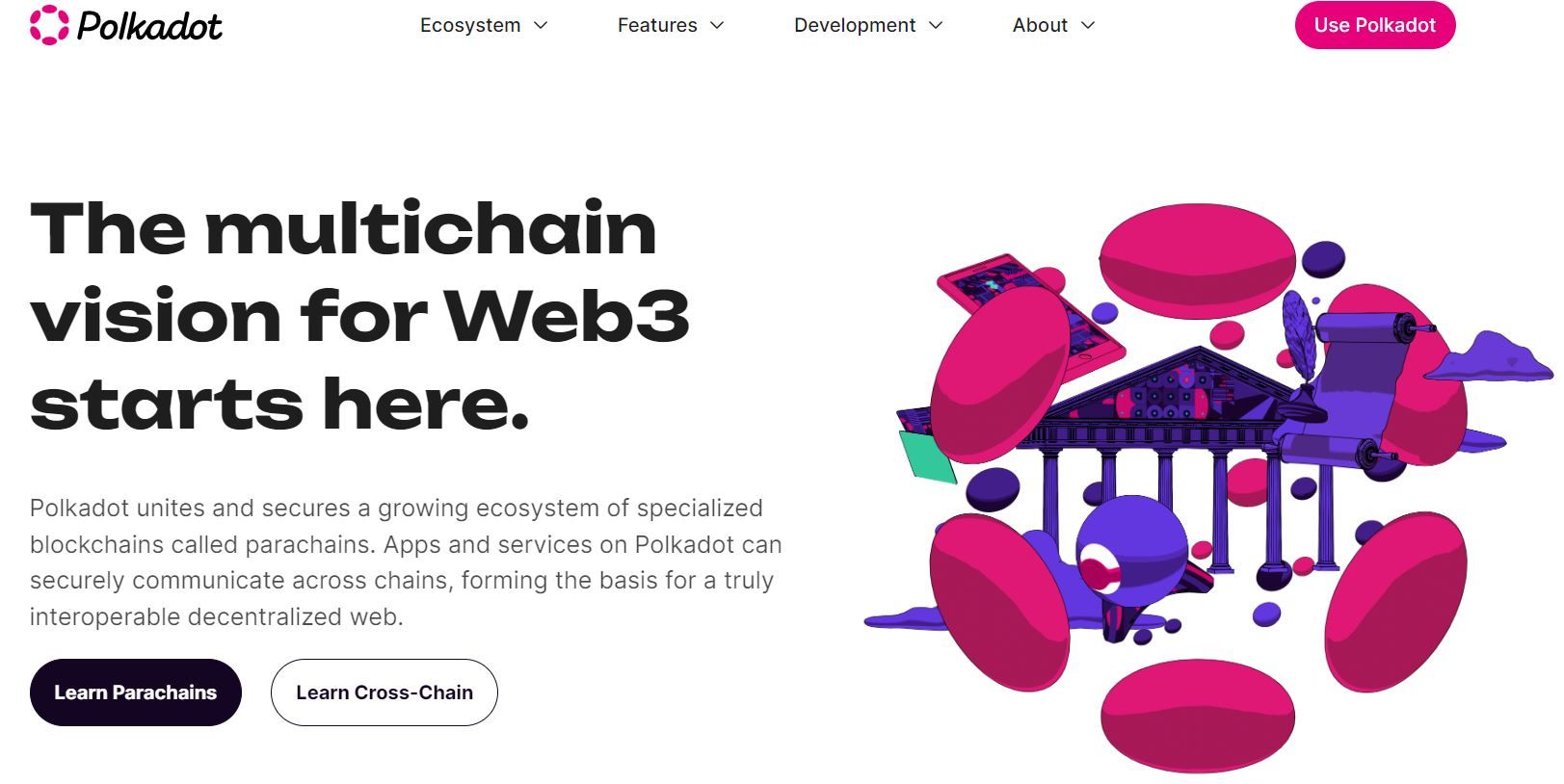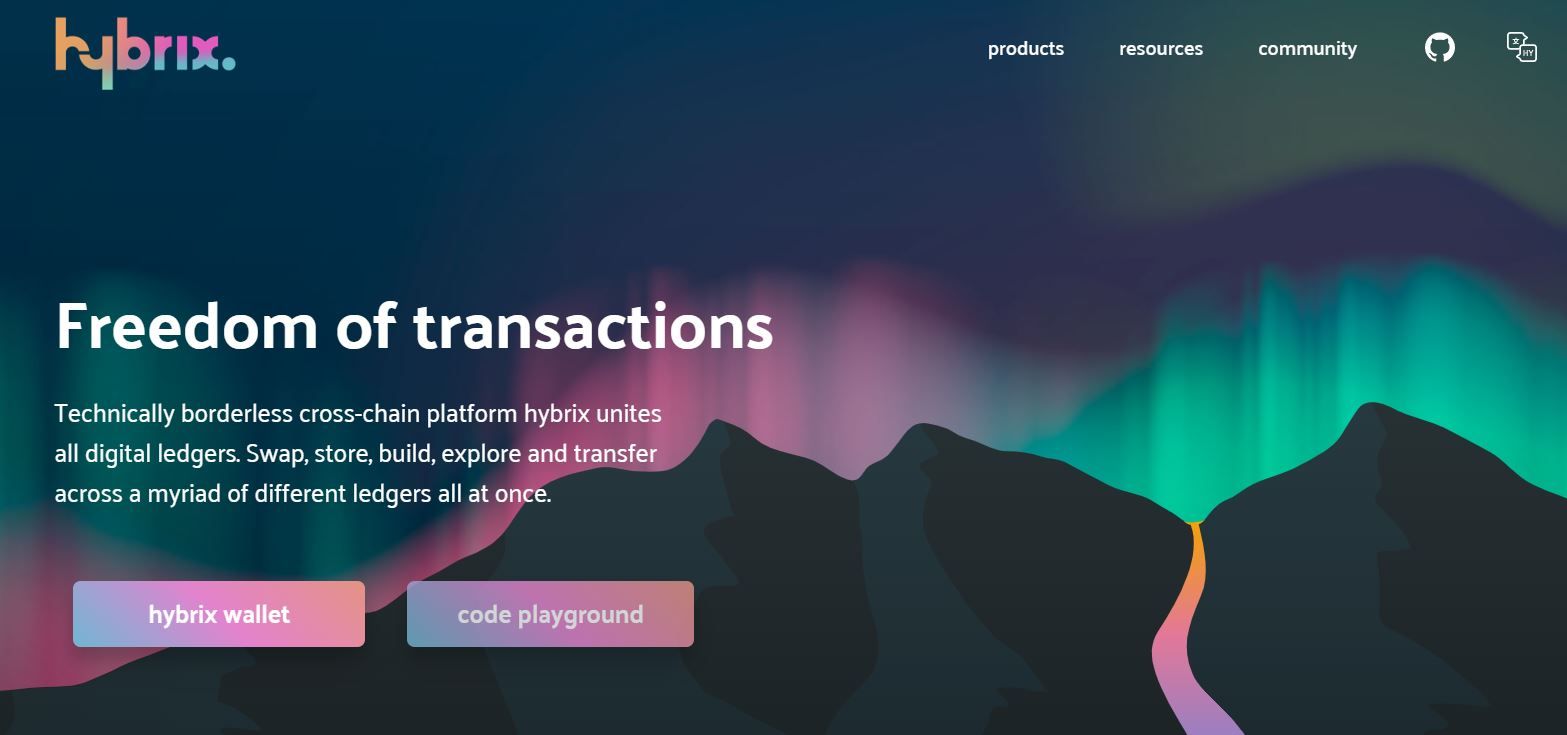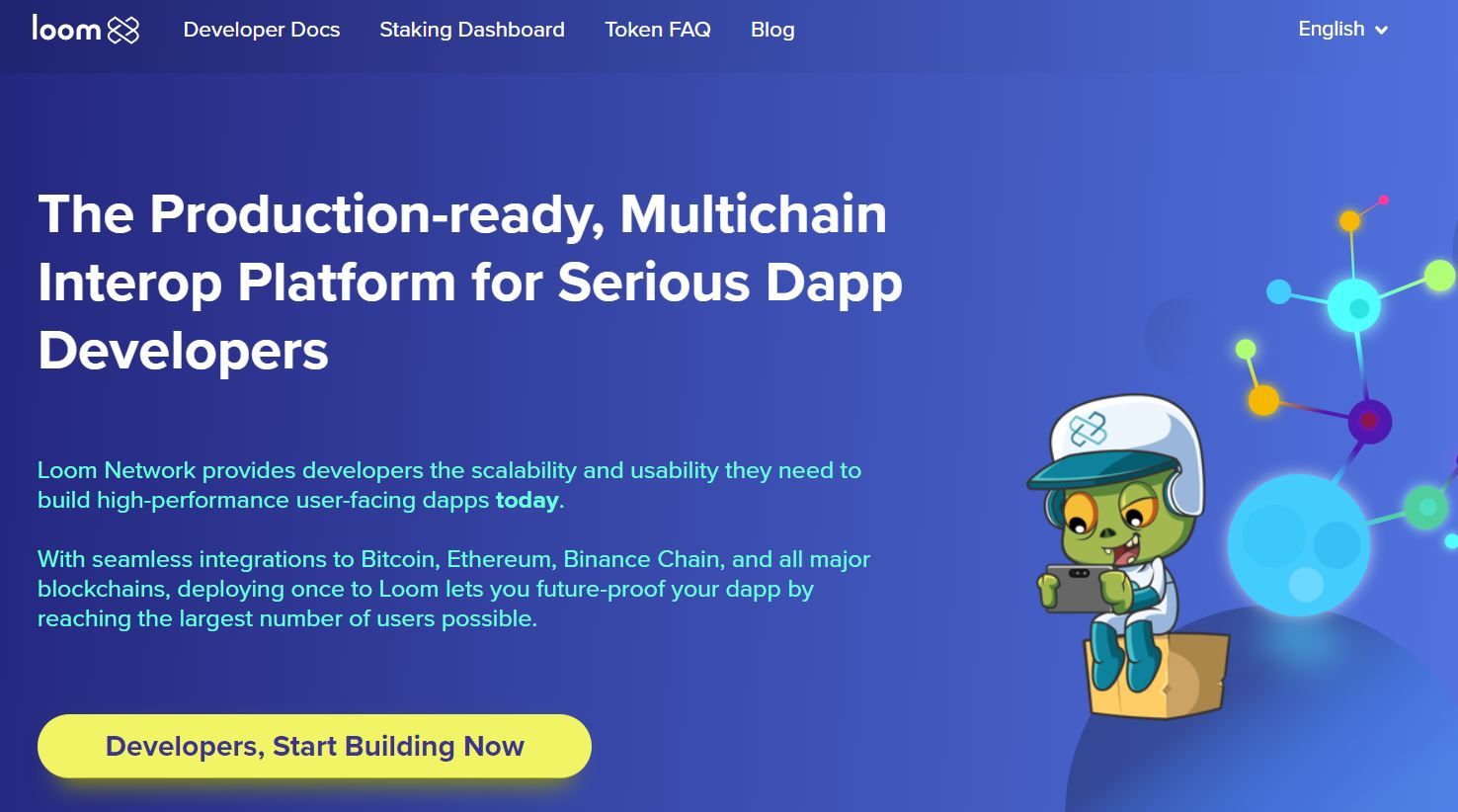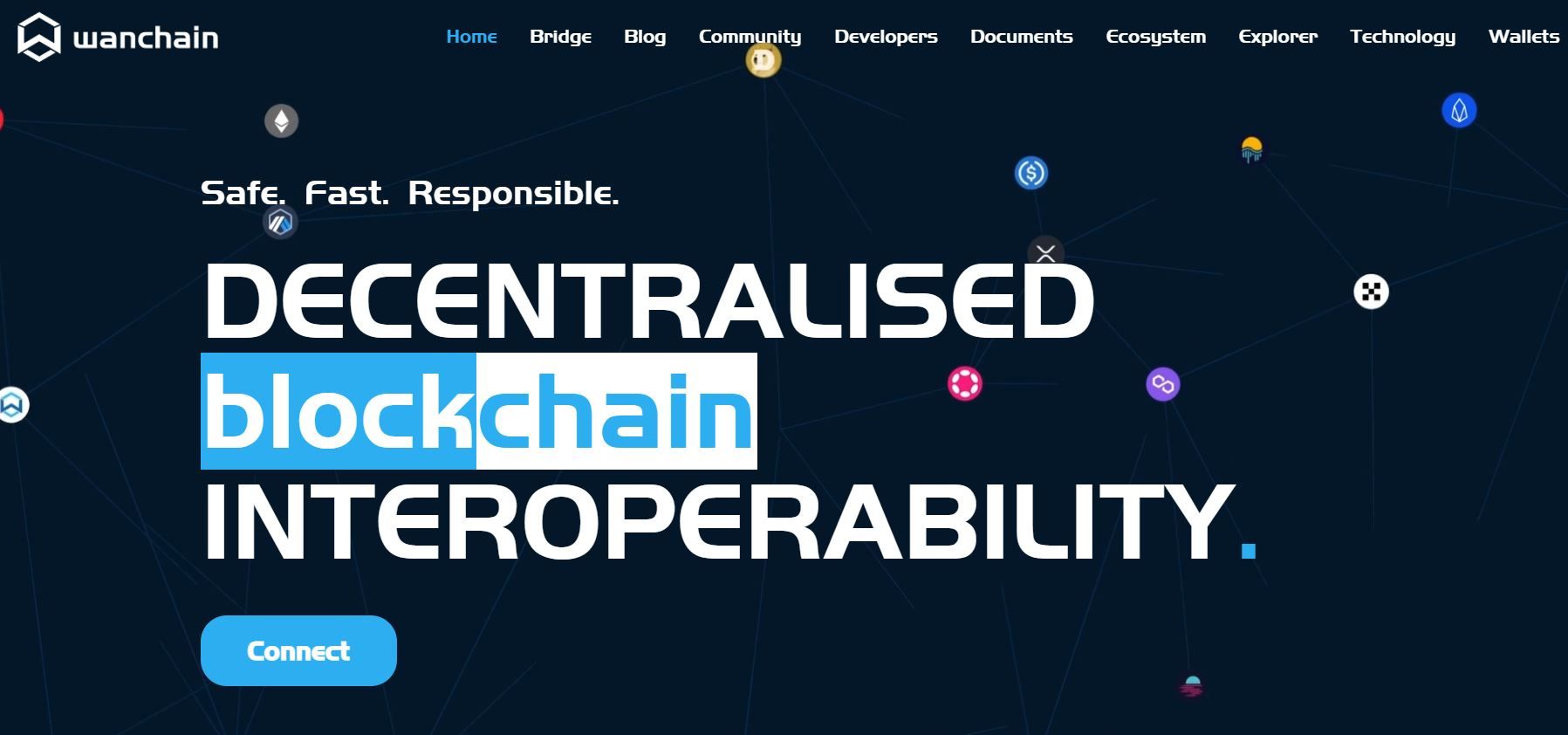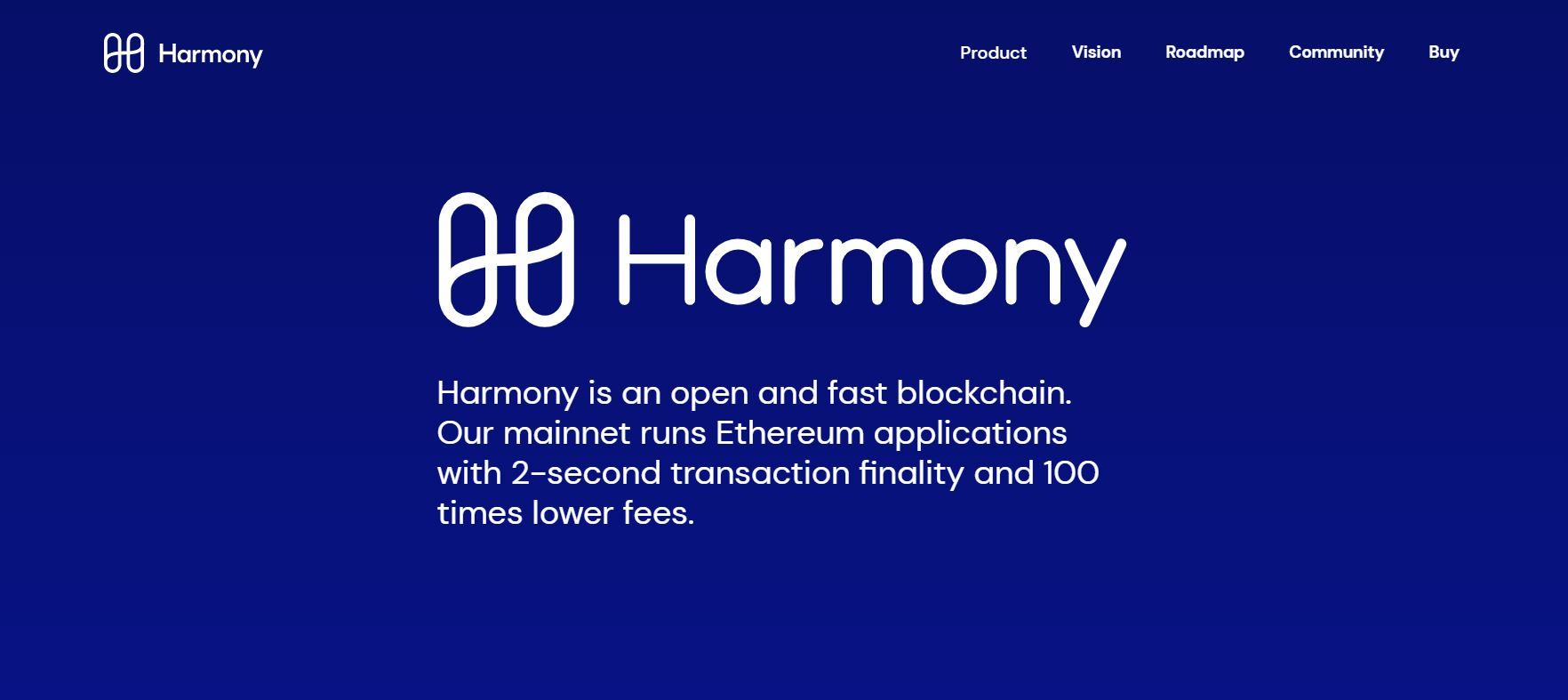The 7 best projects that are rapidly advancing blockchain interoperability
Blockchain interoperability is the next step in the development of blockchain technology. Blockchains are built to serve the ecosystem they are designed for. For example, Ethereum only supports applications built on the chain.
Interoperability allows blockchains to utilize their best features while providing integration into legacy systems.
Here are the top seven projects that are rapidly advancing blockchain interoperability.
Cosmos is proud to be “the internet of blockchains”. Cosmos is an ecosystem of applications and services, built for decentralized and distributed systems.
Cosmos provides blockchain interoperability using the inter-blockchain protocol (IBC). The IBC protocol supports a variety of cross-chain applications. This enables users to freely exchange data and assets across blockchains. Cosmos currently has a suite of over 270 applications and services in its network. Some of the popular blockchains supported include Binance Chain, Crypto.org, and Terra.
Cosmos provides an advanced blockchain software development kit (SDK) for blockchain developers. This allows developers to build innovative applications in the Cosmos hub that contribute to interoperability.
The ATOM token is Cosmos’ original token. Holders can stake ATOM to support blockchain activities in the Cosmos Hub with rewards. Stake rewards are poised to grow exponentially with Cosmos set to introduce inter-chain staking and an inter-chain decentralized exchange (Gravity DEX).
Chainlink is a web3 platform that provides oracle services that can run smart contracts on any blockchain. Chainlink’s oracle network provides smart contracts with easy integrations to existing application programming interfaces (APIs). This gives companies across major industries a universal gateway to any blockchain. Decentralized applications (DApps) built on blockchain can be easily integrated into legacy web2 systems using Chainlink.
Blockchain oracles are super important for real-world blockchain use. They provide connectivity between on-chain systems (DApps, Smart Contracts) and off-chain systems, allowing data pull/push between both parties. Without oracles, DApps and smart contracts can only interact on the blockchain they are built for, limiting the application separately. This makes Chainlink critical for connectivity between blockchains and real data.
The Polkadot network is an ecosystem of interoperable parachains deployed on Polka’s central hub called the Relay Chain. Parachains are custom blockchains built to host different projects and DApps. Some of the interesting projects on the Polkadot network include Moonbeam, Clover, Centrifuge and Parallel Finance. These projects run parachains that are designed to provide optimal performance for their applications.
Polkadot provides cross-blockchain scalability through a set of common validators for multiple blockchains. This means increased transaction speeds across blockchains by spreading transactions across multiple parallel blockchains. With each parachain sharing the same architecture, cross-chain interoperability is guaranteed.
Ease of development is a strong part of the Polkadot network. Blockchain developers can create a custom blockchain using Substrate, its multi-chain blockchain framework. Polkadot’s cross-chain activities are powered by the nominated proof-of-stake (NPoS) consensus. The network claims to have the lowest carbon footprint among proof-of-stake protocols.
Hybrix is an open source, borderless, cross-chain platform that aims to unify all digital ledgers. Hybrix enables users to store, exchange and transfer tokens across different blockchains. Developers can also build DApps that integrate with multiple blockchains.
Hybrix offers an all-in-one crypto wallet. It enables anyone to hold, send and receive tokens across different native blockchains. Users no longer need to create multiple wallets on different blockchains. Hybrix’s wallet makes it easy to move ETH, BNB, BCH and many more tokens to any other wallet. It also allows for value exchange between different tokens.
Hybrix Rapid Development Environment (RDE) provides developers with the building blocks for DApps using their preferred programming language. This offers one of the best platforms for building cross-chain DApps. Hybrix currently supports 25 blockchains and 406 tokens.
5. Web network
Loom Network is a developer-focused interoperability platform. It provides developers with multi-chain scalability to build high-performance user-centric DApps.
Loom offers seamless integrations to Bitcoin, Ethereum, Binance Chain, Tron and other blockchains. This gives developers an all-in-one solution, as DApps built on Loom can be used simultaneously by users on different blockchains. Basechain which is Loom’s mainnet runs on Delegated Proof of Stake (DPoS). It is optimized for fast transaction times and high throughput required for real-world DApps.
The network’s native token, LOOM, is used by developers to pay for DApp hosting on the network. Unlike other blockchains, developers pay a fixed monthly fee to host their DApps, so users don’t have to pay any transaction costs. Loom currently has the top 100 ERC20 tokens integrated into Basechain.
Wanchain is a blockchain interoperability solution that powers cross-chain activities through decentralized direct bridges. Bridges enable the seamless transfer of tokens and digital assets between blockchains.
Wanchain offers three types of bridges.
-
Direct bridges
These bridges enable the fast and secure transfer of digital assets from the source chain to the destination chain without the need for intermediaries or a relay network.
-
Make 2 bridges
This type of bridge is used to bridge assets between layer 2 networks. For example, users can bridge assets between Polygon and Arbitrum while preserving layer 2 features such as low gas fees and high transactions per second (TPS).
-
NFT bridges
NFT bridges. NFT bridges use the lock-mint-burn-unlock protocol. Moving an NFT from one blockchain to another requires the original NFT to be locked on the source chain. A duplicate is then minted on the destination chain with the NFT IDs and attributes transferred.
Wanchain is compatible with the Ethereum Virtual Machine (EVM), making it easy for developers to build cross-chain applications using Solidity. Wanchain is interoperable with 22 blockchains and 45 tokens.
Harmony is an open source, scalable blockchain that offers cross-chain bridges with Ethereum, Binance Chain and other blockchains.
Harmony delivers this through its layer-zero bridge architecture that enables tokens to be quickly transferred between blockchains. With an estimated 2-second transaction time frame and very low gas fees, Harmony’s cross-chain bridge ranks among the fastest token bridges.
Interoperability will unlock more value across the Blockchain ecosystem
Interoperability will significantly help the blockchain utility in the real world, as crypto adoption increases worldwide. The ability to link between on-chain and off-chain systems offers incredible opportunities for the mainstream use of blockchain technology.
